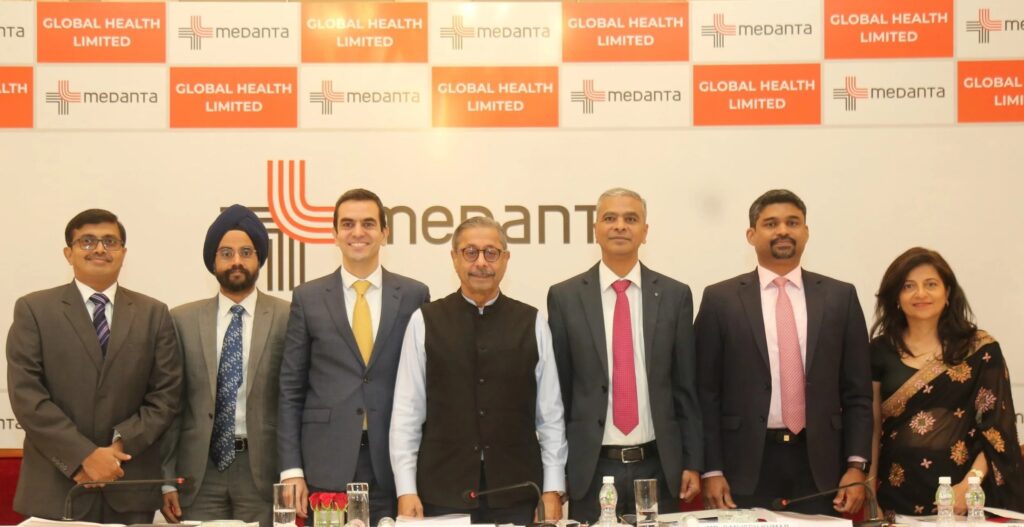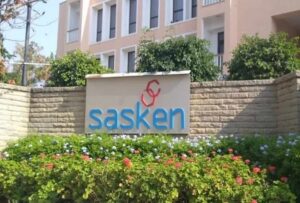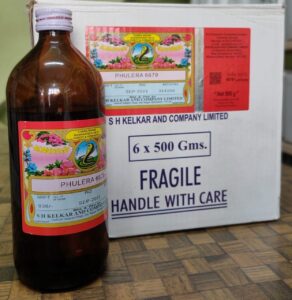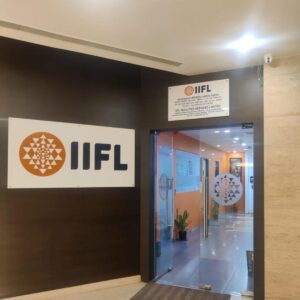1. At a Glance
Global Health Ltd, the proud parent of Medanta, just checked into the ICU of corporate India with a diagnosis called“healthy profitability.”With amarket cap of ₹33,660 croreand a stock that trades at a premiumP/E of 56.3x, the company continues to show what happens when healthcare meets scale, systems, and scandal-free execution (a rare combo in Indian hospitals).
InQ2 FY26, Medanta clocked₹11,189 million in revenueand aPAT of ₹1,584 million, a robust21% YoY growth, while quietly inaugurating its shiny550-bed Noida hospital. As if that wasn’t enough, management also dialed in a project update –Mumbai’s hospital capacitygot“accidentally expanded”to750 beds, pushing its totalcapex to ₹1,530 crore. Clearly, inflation isn’t just hitting grocery bills; it’s also inflating hospital budgets.
At₹1,252/share, the stock is down12% over three months, probably because traders didn’t get free check-ups with their holdings. But ROCE at19.7%, ROE at16.5%, anddebt-to-equity at 0.21xtell you this doctor still runs a very clean financial chart.
And with over3,000 operational beds,1,750+ doctors, and6 clinics, Medanta is no longer just a hospital chain — it’s a healthcare kingdom with ICUs the size of five-star lobbies.
2. Introduction – The Billionaire with a Stethoscope
If Indian hospitals were people, Medanta would be that classy, well-groomed doctor who charges you ₹1,000 just for saying“Hmm.”
Founded byDr. Naresh Trehan, Global Health Ltd runs its business like an elite surgical unit — high precision, minimal noise, and lots of billing. The Medanta brand has evolved from a single Gurgaon landmark into aNorth and East India healthcare empirewith a growing footprint — Lucknow, Patna, Indore, Ranchi, and now Noida (freshly opened in Q2 FY26).
Over the past few years, while Apollo fought margin pressures, Fortis struggled with image rehab, and Max was trying to prove it was not a mutual fund scheme, Medanta quietly worked its way to the top quartile of hospital profitability.
ARPOB (Average Revenue per Occupied Bed) at₹63,023and occupancy of61.6%aren’t random metrics — they’re a masterclass in balancing quality, pricing power, and patient turnover. The company’saverage length of stay (ALOS)of3.13 daysis shorter than most Indian Netflix binges.
Global Health’s unique model of“doctor-led management”— where physicians actually help run the hospitals (what a concept!) — ensures clinical credibility stays intact while the finance team runs like a clean IV drip.
So, what’s next? Bed expansions, robotic surgeries, and more cities being vaccinated with the Medanta brand. Buckle up — the scalpel has gone national.
3. Business Model – WTF Do They Even Do?
Let’s decode the Medanta prescription:
At its core,Global Health Ltdis in the business of runningmulti-specialty tertiary care hospitals. Translation: you go there when you want to live, but also want an air-conditioned recovery suite with Wi-Fi.
They operate five fully functional hospitals under theMedantabrand — inGurgaon (1,440 beds),Lucknow (751 beds),Patna (442 beds),Indore (175 beds), andRanchi (200 beds). Add to that six outpatient clinics and diagnostic centers across Delhi NCR and Bihar.
The company provides 30+ specialties, but itsrevenue leaders are cardiology (21%),cancer (14%),digestive sciences (12%),neuro (12%), andkidney & urology (8%).
Now here’s the beauty: Medanta’s expansion strategy doesn’t rely on hype or franchises — it builds massiveowned hospitalswithlong-term capex visibility. Over the nextfive years, it plans to spend₹2,800 croreadding2,900 new beds. That’s roughly ₹1 crore per bed — or as Indian families call it, “our entire lifetime
savings.”
What’s unique? Thedoctor-governed management structure. Unlike many peers where finance people call the shots, Medanta has aMedical Boardchaired by top specialists. It’s a model that earns both medical trust and operational efficiency.
So yes, they heal patients — but they also heal investors’ faith in organized healthcare.
4. Financials Overview
| Metric (₹ Cr) | Latest Qtr (Q2 FY26) | YoY Qtr (Q2 FY25) | Prev Qtr (Q1 FY26) | YoY % | QoQ % |
|---|---|---|---|---|---|
| Revenue | 1,119 | 957 | 1,031 | 16.9% | 8.5% |
| EBITDA | 247 | 228 | 247 | 8.3% | 0.0% |
| PAT | 158 | 131 | 159 | 20.6% | -0.6% |
| EPS (₹) | 5.89 | 4.87 | 5.92 | 20.9% | -0.5% |
Annualised EPS:₹23.6 → ImpliedP/E = 53x, not cheap, but hospitals rarely are.
Commentary:Revenue is growing faster than patient waiting times, while PAT margins remain a healthy ~14%. The flat QoQ EBITDA means costs are being managed despite expansion. This is corporate India’s version of “fit and fine.”
5. Valuation Discussion – Fair Value Range Only
Let’s run through the holy trinity of valuation:
a) P/E Method
EPS (TTM): ₹20.9Industry P/E (Healthcare): ~55x→ Fair Value = ₹20.9 × (50–60) =₹1,045 – ₹1,254/share
b) EV/EBITDA Method
EV = ₹33,256 CrEBITDA (FY25): ₹956 Cr→ EV/EBITDA = 34.8x (on current)Industry average ≈ 30xIf Medanta trades near fair range →EV = 30×956 = ₹28,680 Cr → Equity Value ≈ ₹29,000 Cr → FV ~ ₹1,090/share
c) Simplified DCF (Back-of-Envelope)
Assume 18% earnings growth for 5 years, discount rate 11%, terminal growth 4%.→ FV Range: ₹1,050 – ₹1,250/share
🩺 Educational Disclaimer:This fair value range (₹1,050–₹1,250) is purely for educational illustration. Not investment advice. If you make a trade on it and lose money, call Medanta — not EduInvesting.
6. What’s Cooking – News, Triggers, Drama
This quarter, the news feed looked like a Medanta expansion tour:
- Noida hospital (550 beds)started operations inSept 2025, with300 beds functional. Expect the rest to open as Delhi’s pollution drives more patients indoors.
- Mumbai projectupscaled from 500 to750 beds,

















